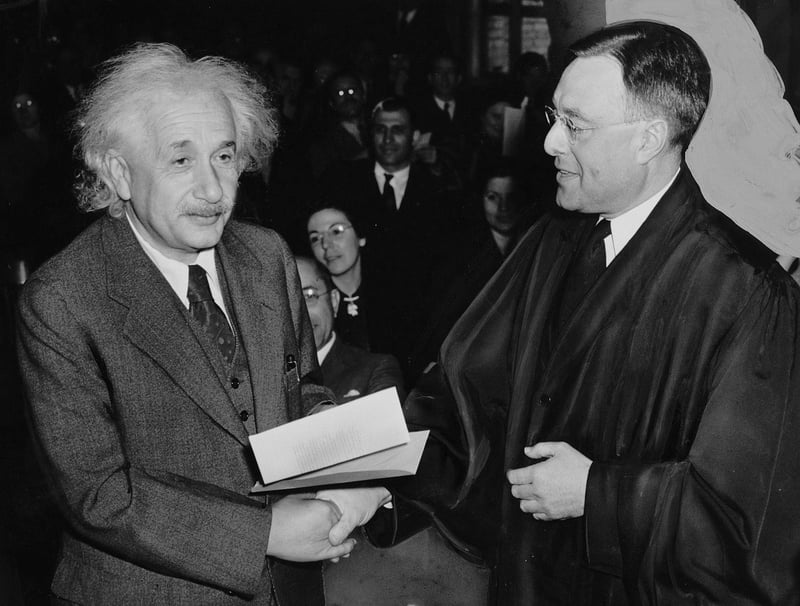Chrononauts
Pioneers of Time Journeys and Chrononauts
If you've ever been fascinated by the idea of time travel, you're not alone. The concept of traveling through time has captured the imagination of people for centuries, leading to many works of fiction and scientific exploration. In this article, we will explore some of the pioneers of time journeys and the concept of chrononauts.
1. H.G. Wells

One of the earliest and most influential pioneers of time travel in literature is H.G. Wells. His novel "The Time Machine," published in 1895, introduced the idea of a machine that could transport an individual through time. Wells' work laid the foundation for many future depictions of time travel in popular culture.
2. Albert Einstein

While not a fiction writer, Albert Einstein's theories of relativity revolutionized our understanding of space and time. His work paved the way for scientific exploration of time travel possibilities and inspired countless researchers to delve deeper into the concept of chrononauts - individuals who journey through time.
3. Chrono Trigger

Chrono Trigger is a classic video game that explores the adventures of a group of time-traveling heroes. Released in 1995, the game introduced players to a rich narrative that spanned different eras, showcasing the potential for storytelling within the realm of time travel.
4. Dr. Who

Dr. Who is a long-running British sci-fi television series that follows the adventures of the Doctor, a Time Lord who travels through time and space in a ship known as the TARDIS. The show has become a cultural phenomenon, captivating audiences with its imaginative exploration of time travel.
In conclusion, the concept of time travel, whether in literature, science, or entertainment, continues to intrigue and inspire us. Whether you're a fan of H.G. Wells' classic works or enjoy the adventures of the Doctor in Dr. Who, the idea of exploring different eras and altering the course of history is a timeless fascination that will likely continue to captivate us for years to come.
